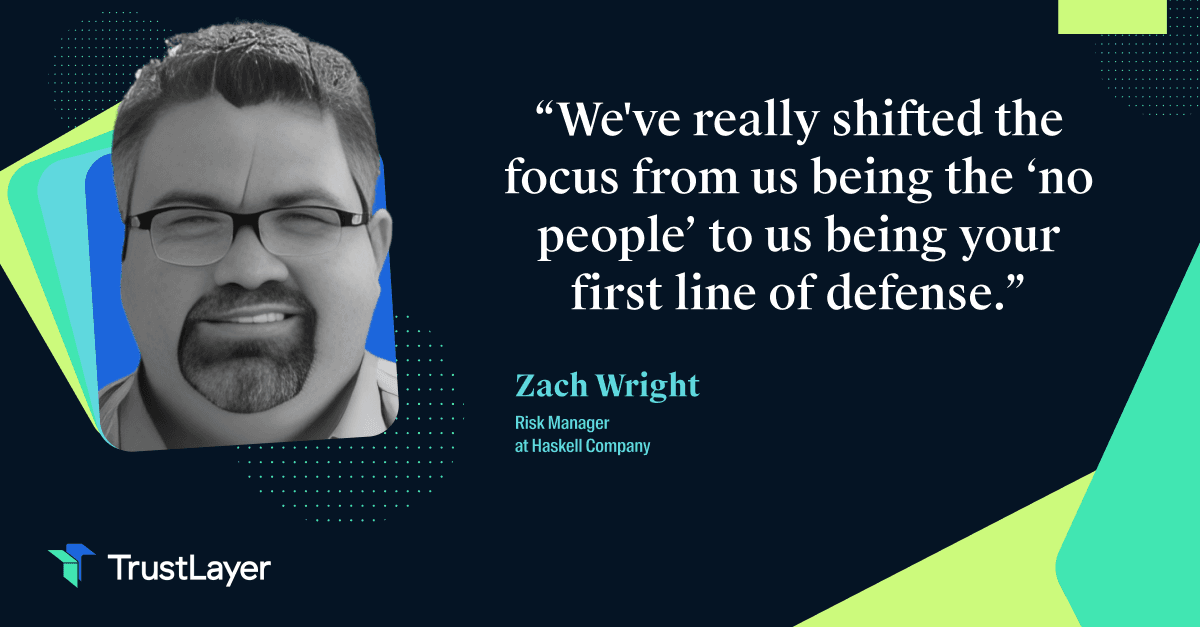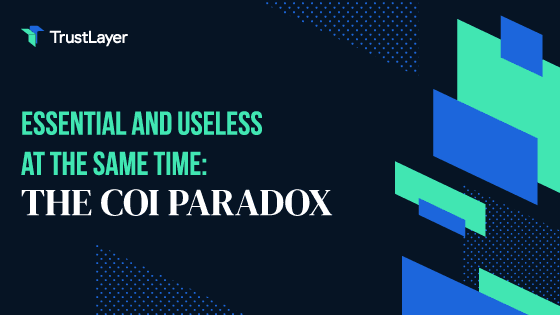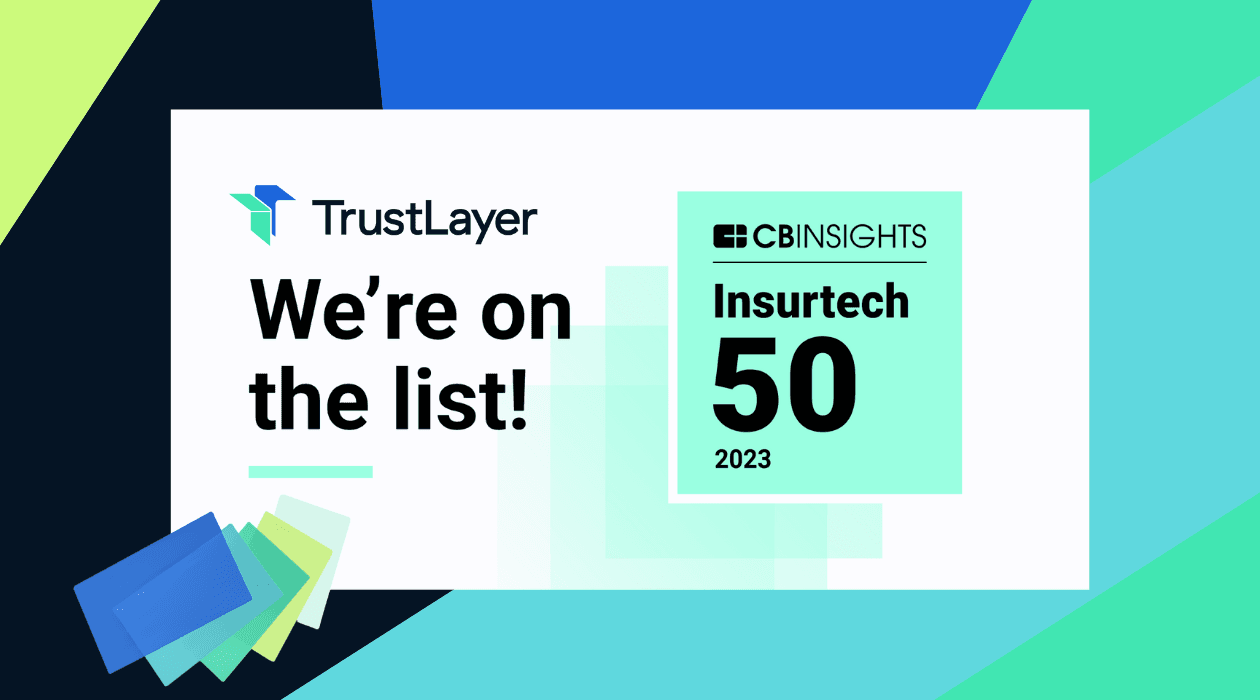For the last two years in construction, delay has been the name of the game. From a snarled supply chain to a labor shortage to pandemic-related permitting hold-ups, construction companies and their crews have been in “hurry-up-and-wait” mode. And while this is the product of a global economic challenge, there is one aspect of construction contracting that for decades has caused increased risk, needless delays, and lost revenues.
Fortunately, it’s one we can fix.
This perennial problem is our reliance on paper certificates of insurance (COIs) as part of our risk management strategy. Our current–and antiquated–risk management system leaves projects vulnerable from the very beginning.
Where to Start
First, you have to get the workers’ or subcontractors’ COIs, normally over email or even fax (yes, you read that correctly, it is 2022 but you still need a fax machine). Worse yet, if they share the wrong document or there’s an issue? You’ll be playing email tag for days until you get the right document. Then, reviewing a single COI takes, on average, nine minutes. Multiply that by the dozens involved in any project and you’re spending hours reviewing the same document over and over again only to store that information in a spreadsheet and never look at it again. Here’s hoping that your contractors do not cancel the insurance once you’ve reviewed their COI and logged it in your spreadsheet! Because right now, you’d have no way of knowing unless you decide to contact their insurer to double check after they’ve started working.
This multi-step process of onboarding and managing new risk is convoluted and leaves contractors more exposed than necessary. Yet for some reason it hasn’t changed in decades. We can install smart refrigerators in a few hours but we haven’t brought the same level of technological advancement to the way we manage risk.
New Tech in Construction
New technologies for risk management in the construction industry should accomplish two primary goals: better connect all parties and decrease manual labor for the review process. Both of these will, in turn, reduce delays, meaning projects can start sooner and stay on track. Right now, the sharing of insurance documents is done in a linear fashion. A broker shares a document from a carrier with the insured who will then share the document with the contractor. The linear organization easily breaks down and can leave one party cut off and without the information they need. This can lead to unnecessary and costly delays. An effective technology solution would triangulate, putting all of the parties in contact to easily pass information between them. This also removes the risks of a middleman dropping the ball on sharing information and causing a delay.
An effective solution should also reduce the manual burden of the COI review process. From automating document requests to using AI and robotic processing automation (RPA) for review, there is already capable review technology. Because of this technology, contractors have more time to work on complex problems and strategies. There’s no reason that we’re still spending hours pushing paper in 2022.
There are some things that we can’t control, like a global supply chain crisis or a nationwide labor market shortage. But as we take stock of the challenges facing the construction industry this year, we should also recognize where we can take action to create greater efficiencies and improve our risk management opportunities. Embracing new technologies can help contractors better manage their risk and stay on schedule.








